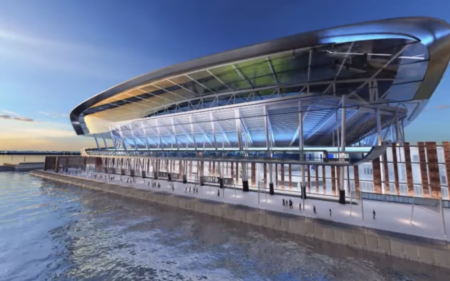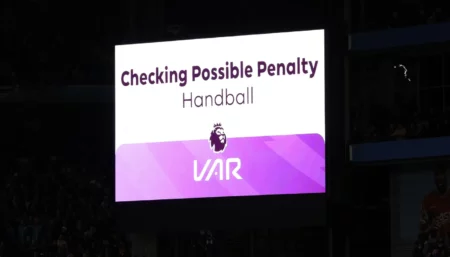Venue owners can apply data to identify and connect with fans to transform the gameday experience and drive ever greater value from their fan base, says James Lennon, business development director at Acxiom
As broadcast rights have transformed the commercial landscape of soccer, digital has the opportunity to revolutionize the relationship between the club and its loyal fans. This connection needs to go beyond the fans at the stadium; it needs to connect those fans unfortunate enough to miss the game in person in the same way too.
A recent UEFA report highlighted how well the English Premier League and the English Football League have maintained match day attendances and simultaneously engaged, and commercialized, fans away from the stadium.
English clubs have invested heavily in recent years to build stadia that better meet differing fans’ expectations (and grow revenue). Tottenham Hotspur is leading the new wave of stadia with its state-of-the-art £750m (US$1bn) stadium expected to be unveiled this year.
The club has gone on record stating its ambition to play a role at every step of the fan journey and the stadium’s technology enables them to deliver excellent customer experience. Turning fan engagement into loyalty and brand value is the new hot ticket in sports – and connected stadiums are a major part of the solution.
It’s no surprise, therefore, that clubs continue to invest in wi-fi and official apps across the leagues, not only to enhance the experience for those in attendance, but to also communicate that passion by creating a more connected fan experience.

The foundation of a connected stadium is processing at the data layer, in this case the fan. By gathering multiple strands of data and analyzing it to better understand the fan or visitor, clubs can leverage the right data at the moment of intent and share brand messaging both in a digital and physical space to deliver a people-based customer experience.
Thanks to identity resolution techniques, rich analytics of online and social channels, geofencing and loyalty schemes, venues can identify customers and provide relevant information to fans as the game day draws closer.
This allows the club to welcome its fans (both real and digital), extending their knowledge to enable brands to engage with them and curate their time at the venue. With the power of connected spaces, visitors can be effectively identified from the moment they interact with a brand, with additional touchpoints as they book journeys to the stadium, arrive for the event, and even after they leave in the hope to encourage future visits.
Fans can be rewarded both physically and digitally for their loyalty, which could include a free drink following a game, or a discount for a new jersey in return for introducing friends to the brand by sharing some rich content. By linking fans’ interactions with offers from relevant store concessions at the stadium or online, stadiums can fully understand each fan’s engagement.
These technologies are delivering meaningful insights for venue marketers to extend the fan experience from beyond the seat, providing a win-win situation for both fans and stadia. Venue owners can apply data and tech to transform bricks and mortar locations into hubs of entertainment and customer experience excellence, driving ever greater value from their fan base. Fan passion defines the stadium experience and for those clubs that can amplify that passion beyond the pitch, there is a world of opportunity through data and digital.
March 28, 2018





